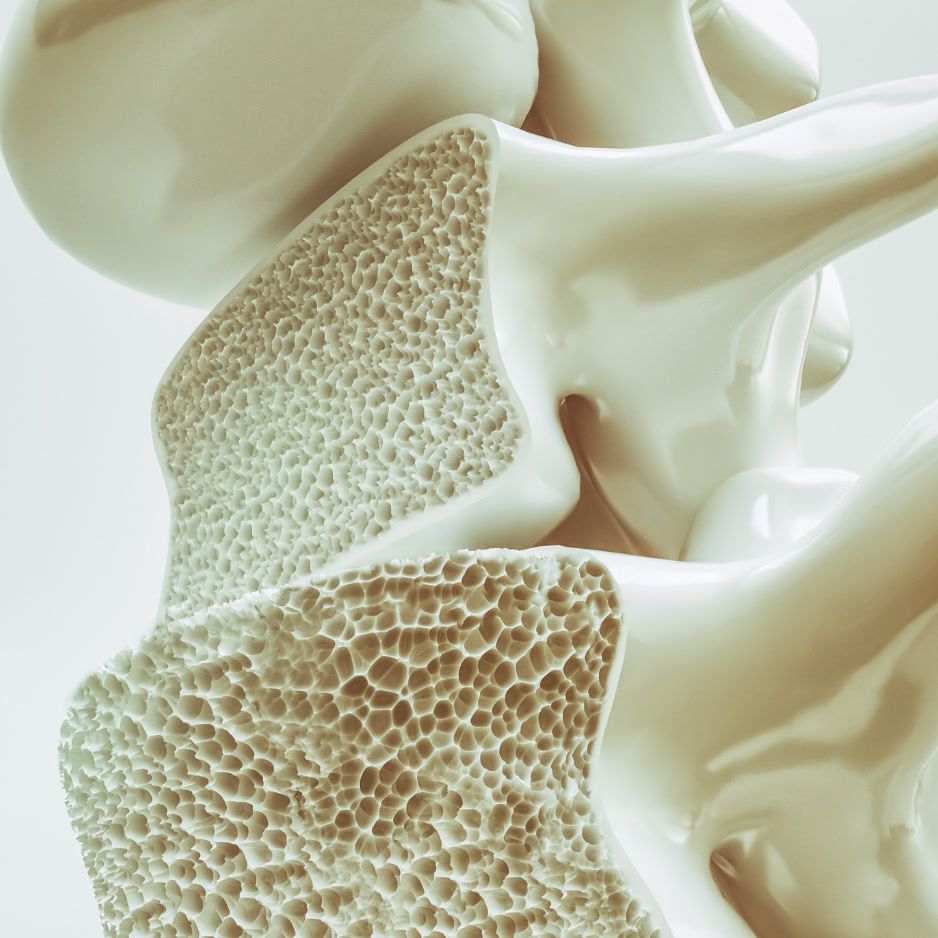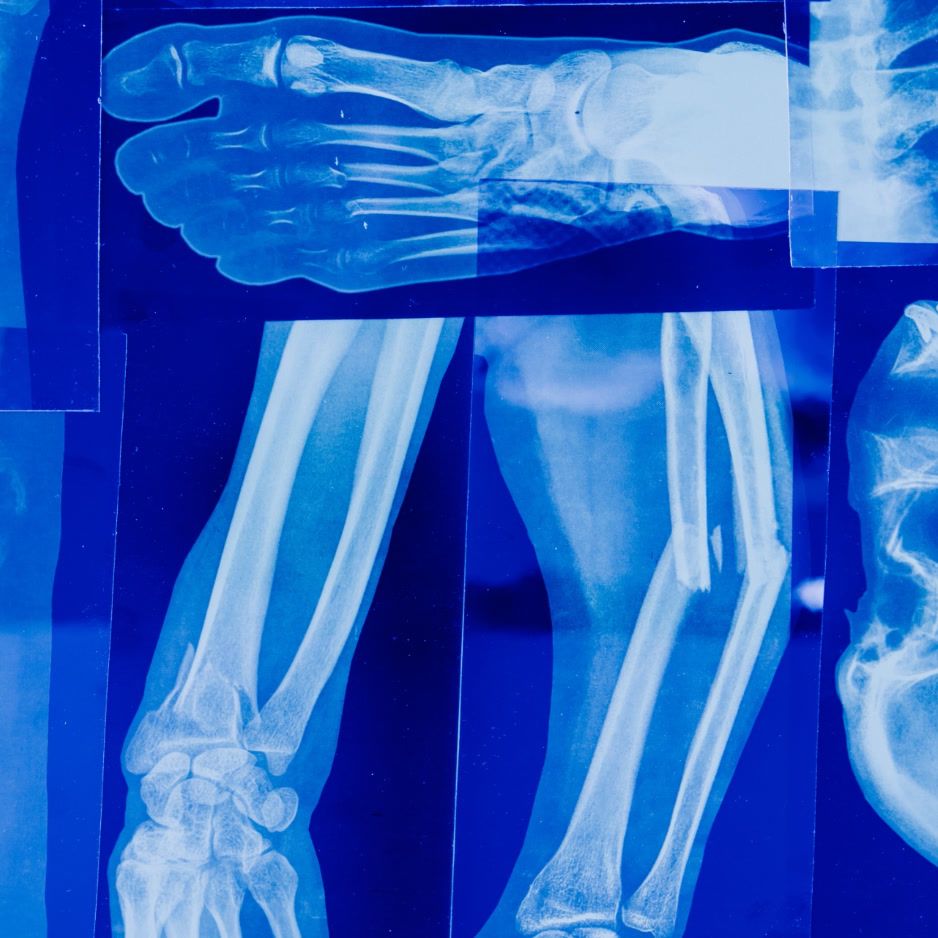Allulose Sugar: The Zero-GI Sweetener Explained
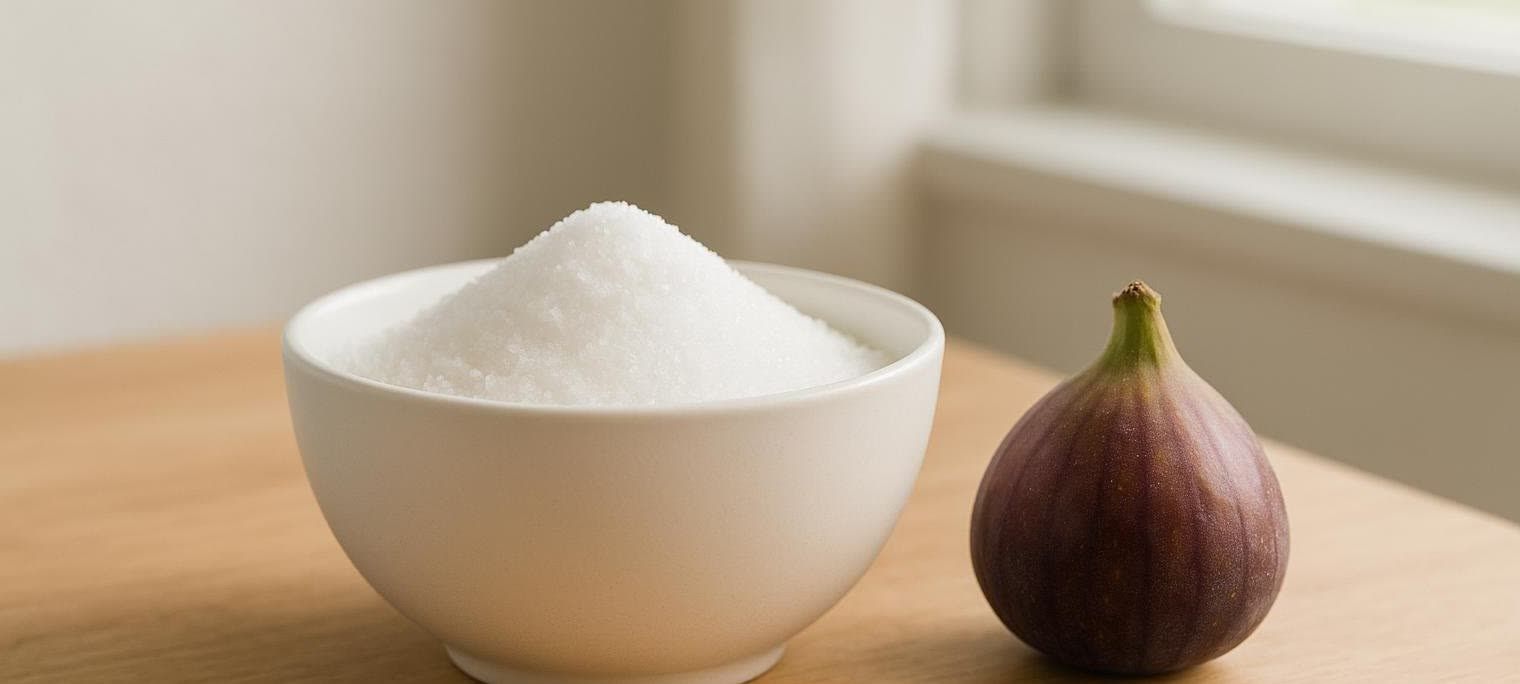
Allulose Sugar: The Zero-GI Sweetener Explained
Ready to satisfy your sweet tooth without sending your blood sugar on a roller-coaster ride? Meet allulose sugar — a rare sugar that tastes almost exactly like table sugar but clocks in at a fraction of the calories and a glycemic index of virtually zero (Health.com).
In this guide you’ll learn:
- What allulose is and how it’s metabolized
- The latest science on blood-sugar and weight-management benefits
- Evidence-based dosage & tolerance ranges
- Step-by-step baking tips plus a mini recipe gallery
Quick Facts
| Allulose | Table Sugar (Sucrose) | Erythritol | Stevia (Extract) | |
|---|---|---|---|---|
| Sweetness vs. sugar | About 70 % | 100 % | About 70 % | 200–300 % |
| Calories (kcal/g) | 0.4 (FDA) | 4 | 0.2 | 0 |
| Glycemic index | 0 (Allulose.org) | 65 | 0 | 0 |
| FDA status | GRAS | GRAS | GRAS | GRAS |
| Flavor notes | Very similar to sugar | — | Slight cooling effect | Mild herbal aftertaste |
| Best-fit uses | Keto, diabetes, calorie reduction | General use | Sugar-free candy | Drinks, tabletop sweetener |
What Exactly Is Allulose?
Allulose (D-psicose) is a rare sugar found in trace amounts in figs, raisins, and maple syrup. Commercially, manufacturers convert fructose into allulose with food-grade enzymes, yielding white crystals that look and taste like sucrose — but with only about 10 % of the calories.
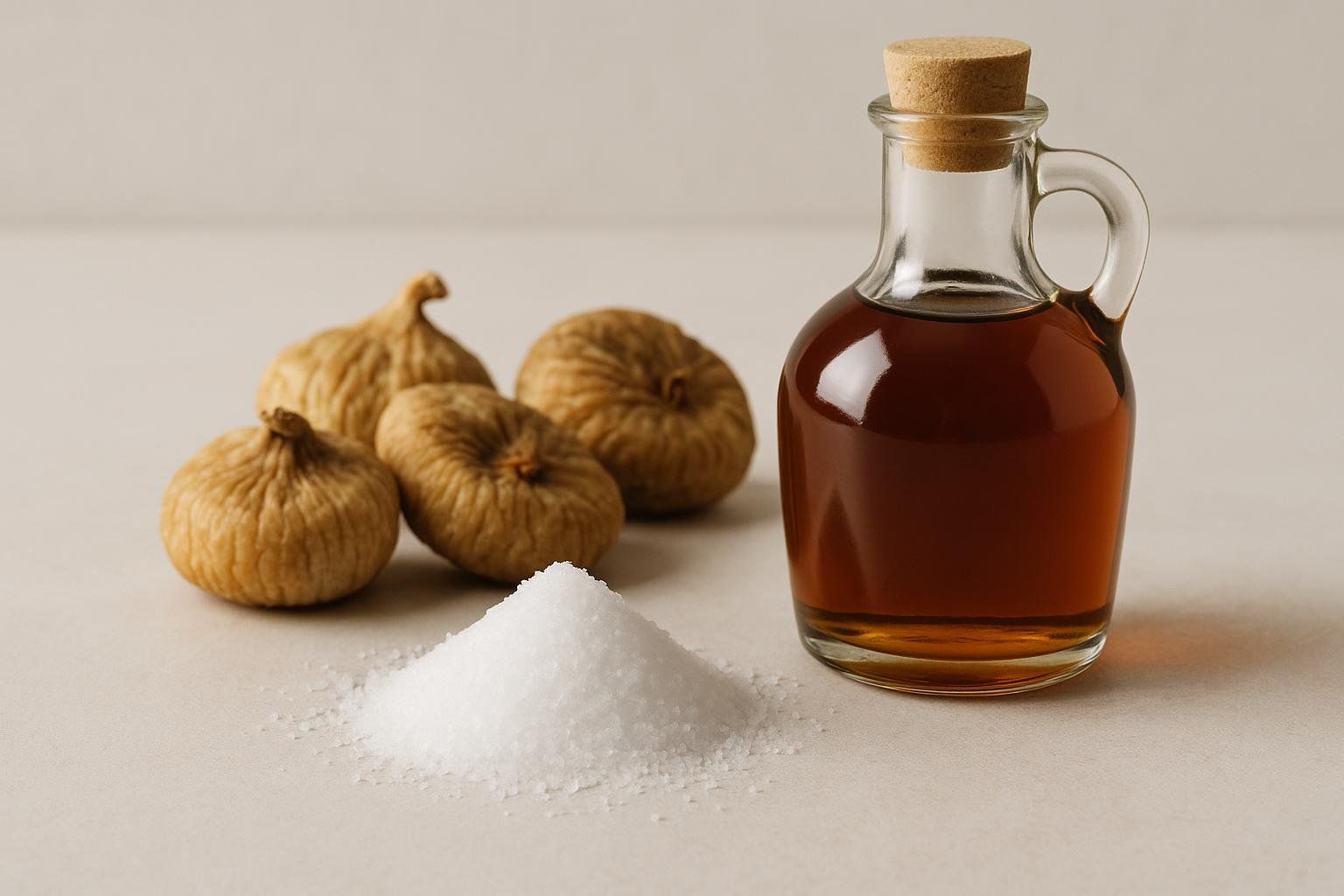
Unlike table sugar, allulose is absorbed in the small intestine, excreted in the urine, and barely metabolized for energy (Healthline). That’s why the FDA allows companies to label it at 0.4 kcal/g and exclude it from Added Sugars totals.
Key Health Benefits of Allulose Sugar
1. Neutral Impact on Blood Glucose & Insulin
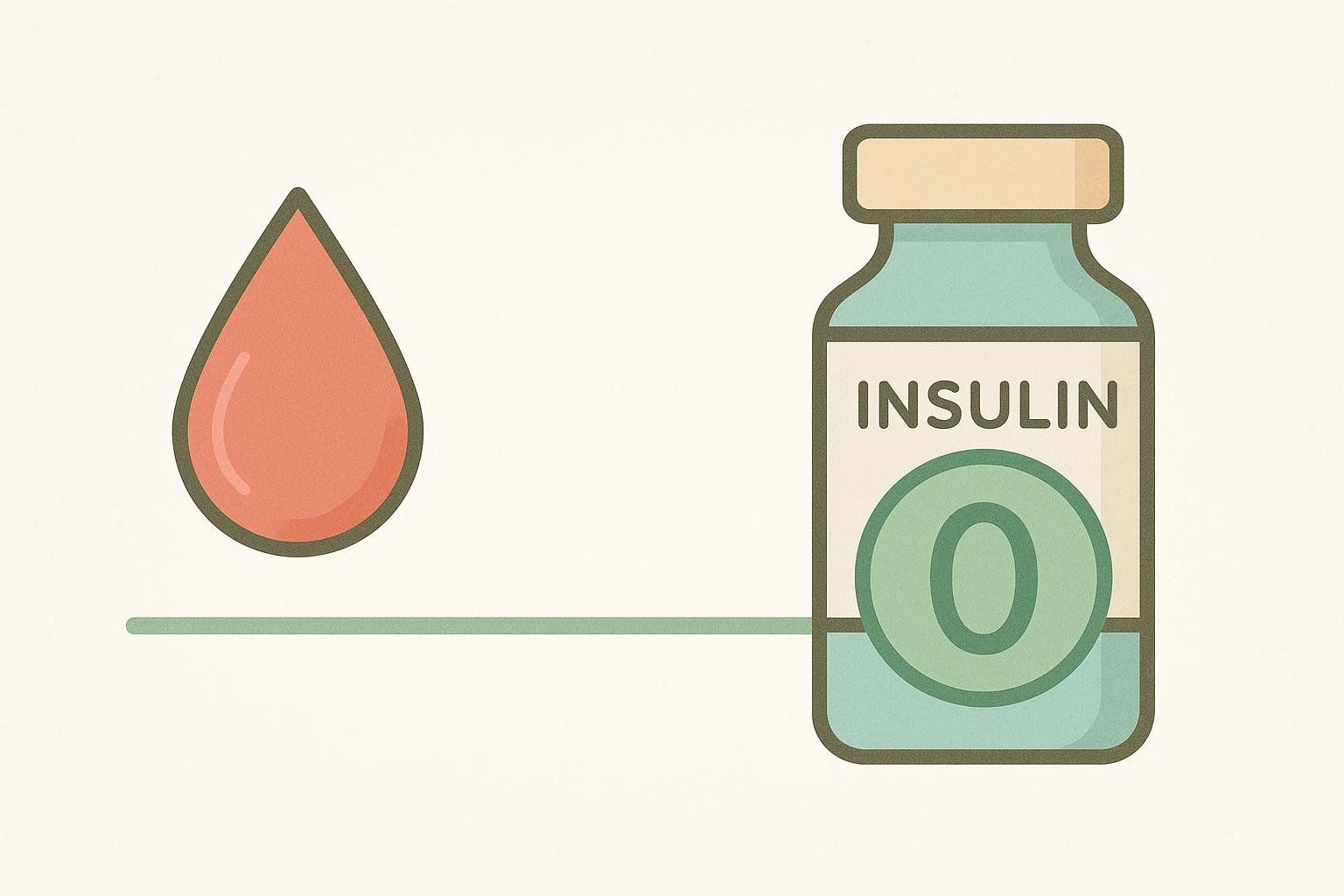
Multiple human trials confirm that replacing sucrose with allulose does not raise post-meal glucose or insulin — a boon for low-carb eaters and anyone managing diabetes (BMJ Open Diabetes Research).
2. May Support Fat Loss
In a 2018 clinical trial that asked 121 adults with overweight to maintain their usual diet and activity levels, participants taking 4 g of allulose twice daily for 12 weeks experienced about a 1 % reduction in visceral fat compared with placebo.
3. Friendly to Dental Health

Unlike sucrose, allulose is non-cariogenic, meaning it doesn’t feed the mouth bacteria that cause cavities (Cleveland Clinic).
How Much Allulose Is Too Much?
Large doses of any low-digestible carbohydrate can cause GI issues. The table below summarizes what we know so far.

| Population | Study length | Daily dose tested | Reported side-effects |
|---|---|---|---|
| Healthy adults (n = 90) | 48 weeks | 15 g/day | Mild bloating in 12 %; no serious issues (48-week safety study) |
| Adults with overweight (n = 121) | 12 weeks | 8 g/day | No significant GI events vs. placebo (2018 body composition trial) |
| Children 6–8 y (n = 30) | Single dose | 4.2 g | One loose stool; otherwise well tolerated (Food & Function 2024) |
Practical guideline:
- Start with ≤ 0.5 g per kg body weight per day (about 35 g for a 150-lb adult).
- Split into multiple meals to minimize gastric distress.
- As a precaution, those with digestive sensitivities such as IBS may consider starting with a smaller dose.
How to Substitute Allulose in Recipes
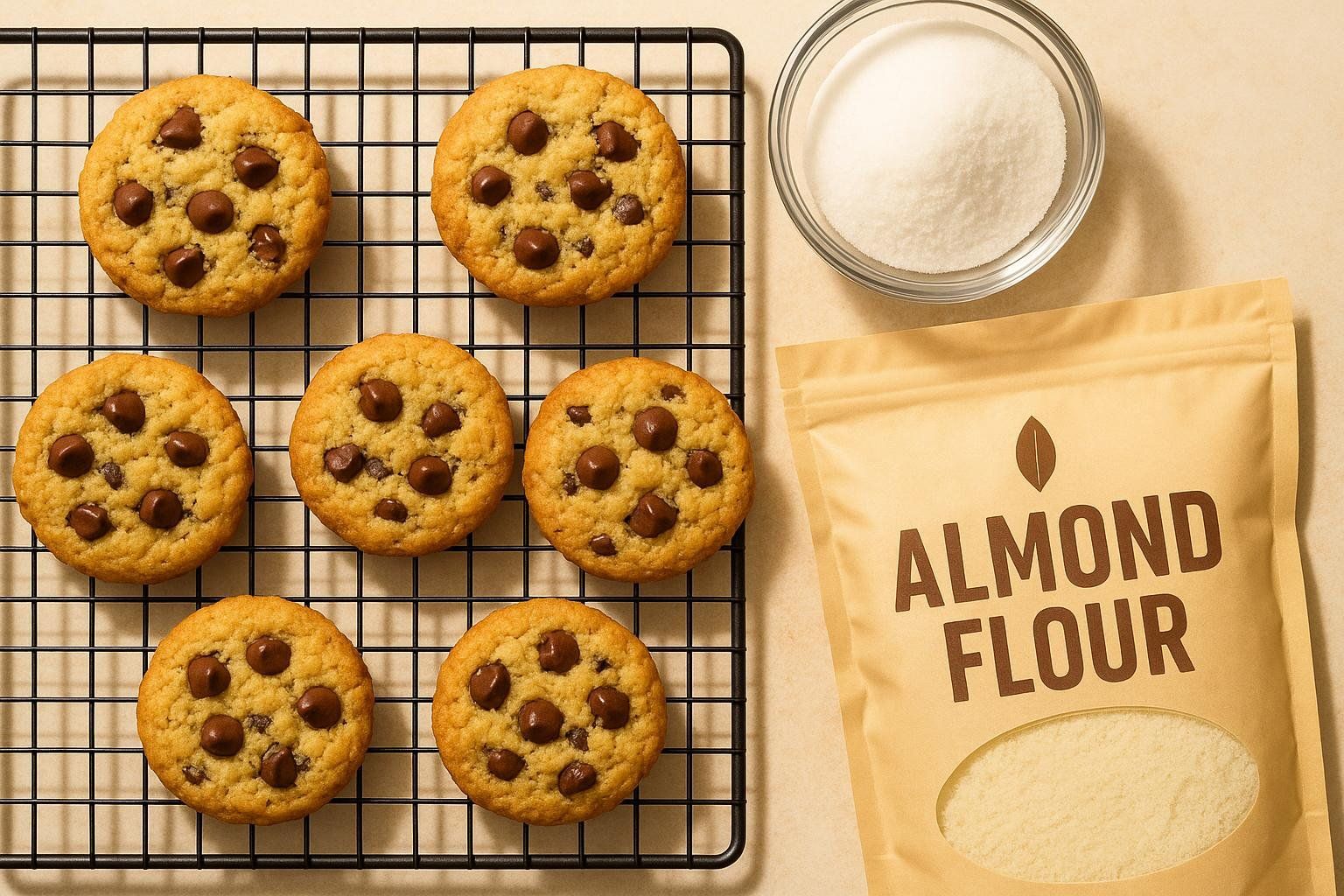
Allulose caramelizes and browns nearly like sucrose, but you’ll need a few tweaks:
| Use-case | Swap ratio | Pro tip |
|---|---|---|
| Coffee & tea | 1 : 1 | Dissolves slower; stir for 10–15 seconds. |
| Cookies | 1 : 1 | Reduce oven temp by 10 °F to prevent over-browning. |
| Muffins/cakes | 1.25 : 1 (allulose : sugar) | Allulose absorbs more moisture; add a splash of extra liquid if batter seems thick. |
| Caramel sauce | 1 : 1 | Heat 10 °F higher than you would with sugar and watch closely once amber. |
Mini Recipe Gallery
3-Minute Keto Chocolate Mug Cake (5 g net carbs)
- Whisk 2 Tbsp almond flour, 1 Tbsp cocoa powder, 1 Tbsp allulose, ½ tsp baking powder, and a pinch of salt.
- Stir in 1 egg, 1 Tbsp melted butter, and ¼ tsp vanilla.
- Microwave 70–80 seconds. Optional: top with sugar-free whipped cream.

No-Sugar-Added Strawberry Chia Jam
Blend 2 cups strawberries with 2 Tbsp allulose. Simmer 5 minutes, stir in 3 Tbsp chia seeds, cool. Spoon over Greek yogurt.
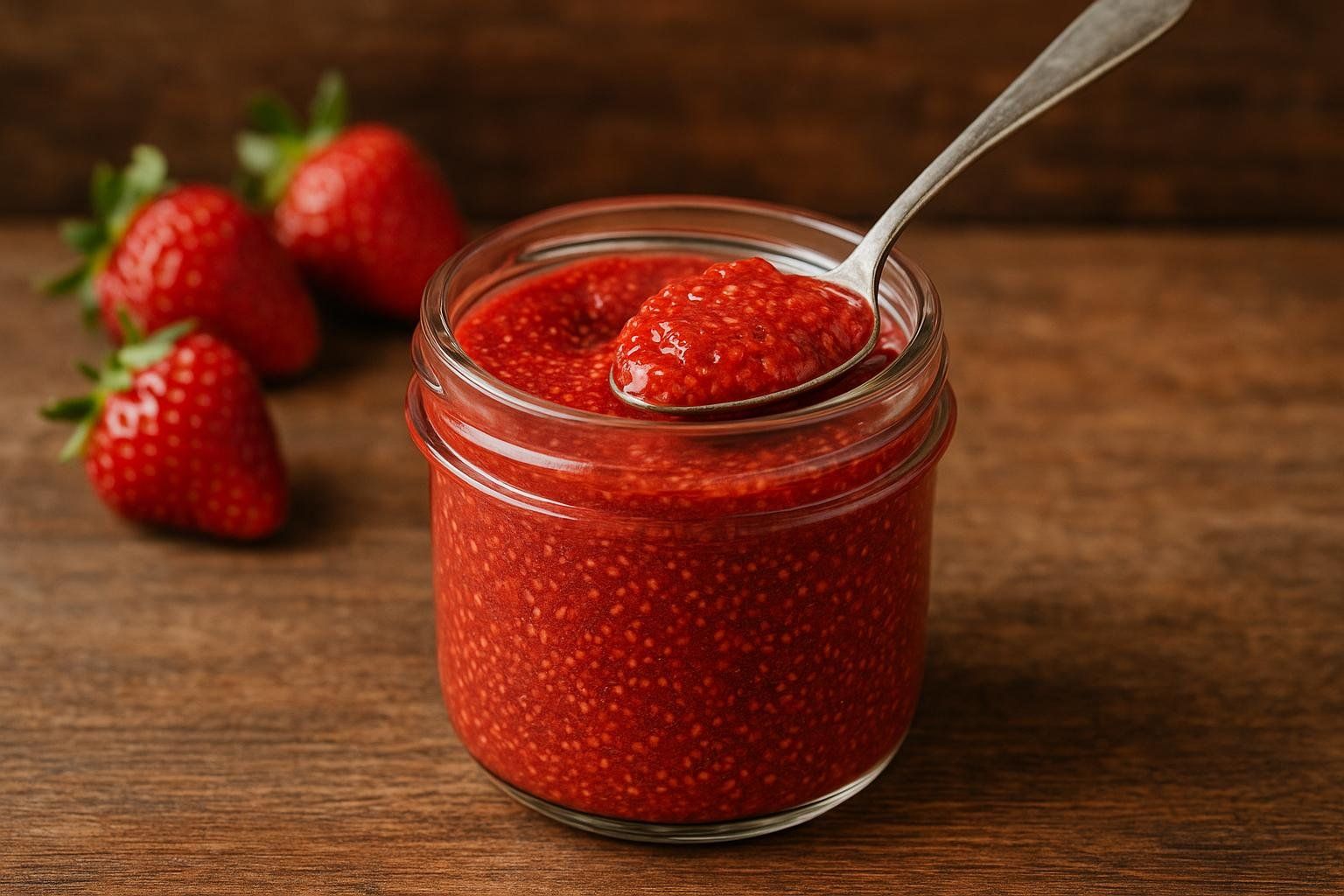
Low-GI Maple Pecan Granola
Toss 2 cups mixed nuts, ½ cup unsweetened coconut, 3 Tbsp melted coconut oil, and 3 Tbsp allulose. Bake 300 °F for 18–20 minutes, stirring once.
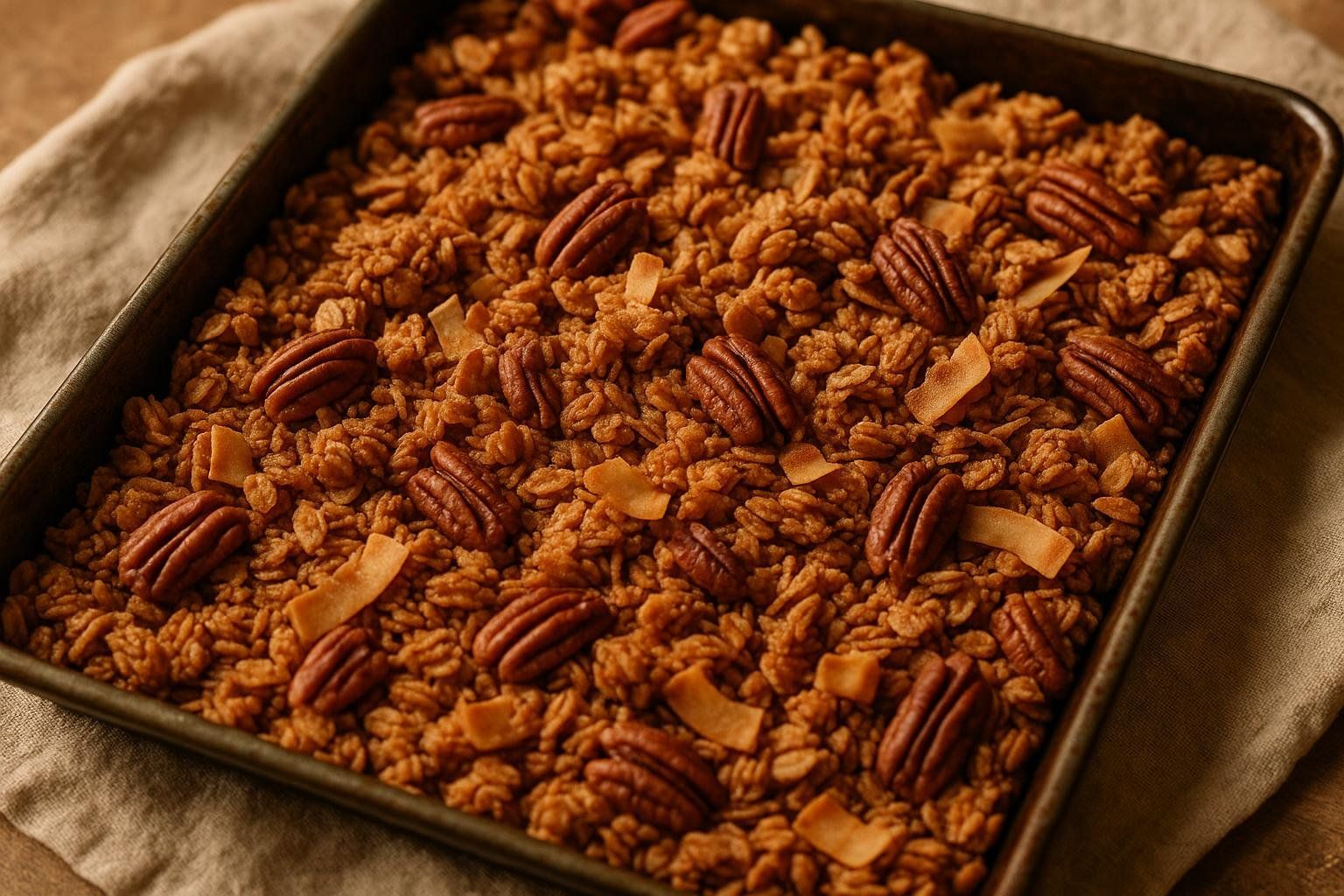
Frequently Asked Questions
Does allulose spike insulin?
Current data show negligible effects on insulin even at 15 g/day in humans. Always monitor your own readings if you have diabetes.Is allulose approved in Canada or the EU?
Not yet. Both regions classify it as a “novel food,” and review processes are ongoing.Can I use allulose during intermittent fasting?
With 0.4 kcal/g, small amounts are unlikely to break a fast for weight-loss purposes, but strict fasters may choose to avoid any calories.Is allulose safe for kids?
A 2024 pediatric study found single doses up to 4.2 g were well tolerated, but long-term data are limited. Keep servings modest.Takeaways & Next Steps
- Allulose sugar provides the taste of sugar with almost no metabolic baggage.
- Evidence points to neutral or even beneficial effects on glucose control and body fat.
- Start small, track tolerance, and experiment with the recipe tweaks above.
- Tracking body-composition changes? Pair your nutrition experiments with a DEXA scan to see real-time shifts in fat vs. lean mass — how DEXA scans measure body composition.
Need help cutting sugar cravings first? Read our guide on 19 Proven Ways to Stop Sugar Cravings.
Last updated August 2025. This content is for informational purposes and is not a substitute for professional medical advice.
